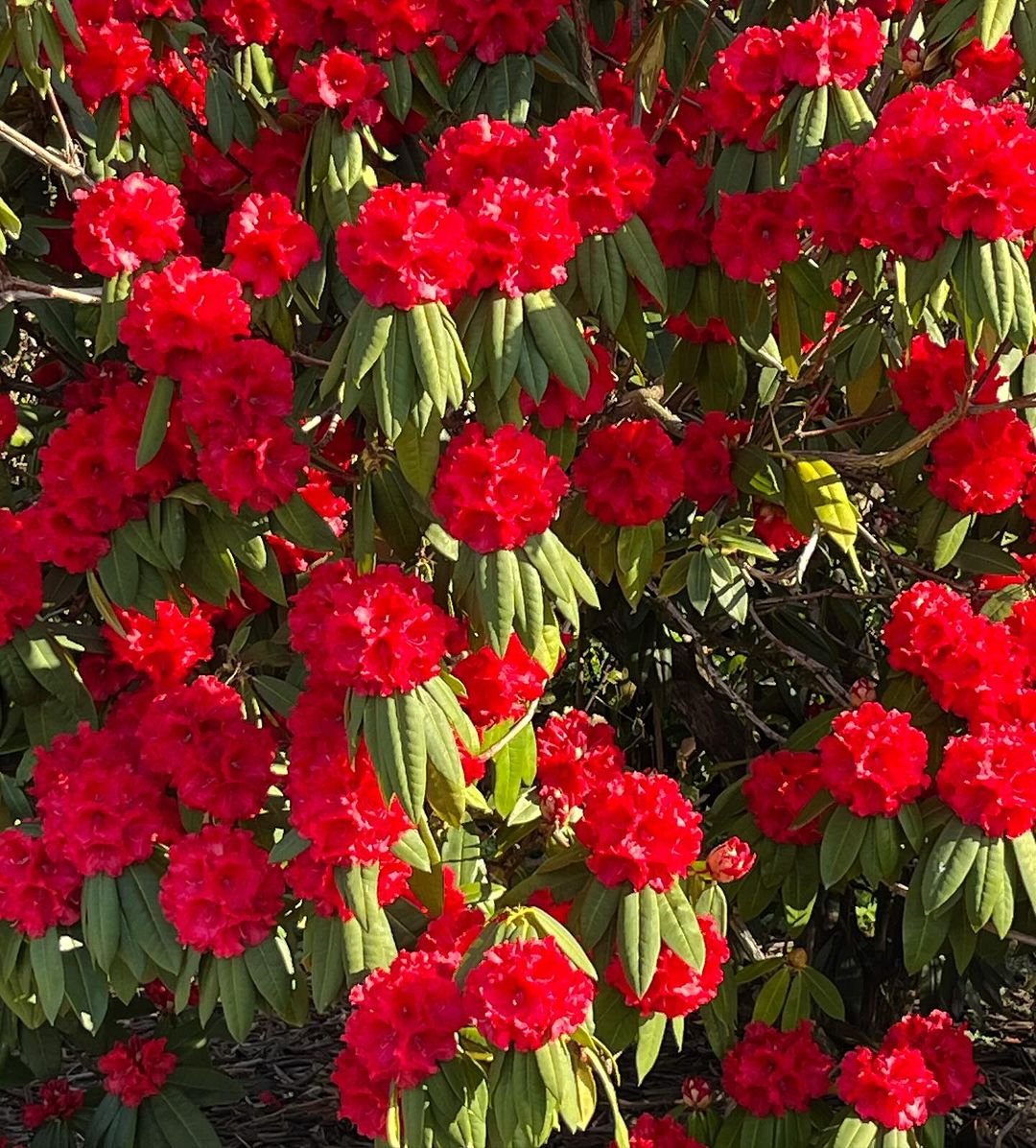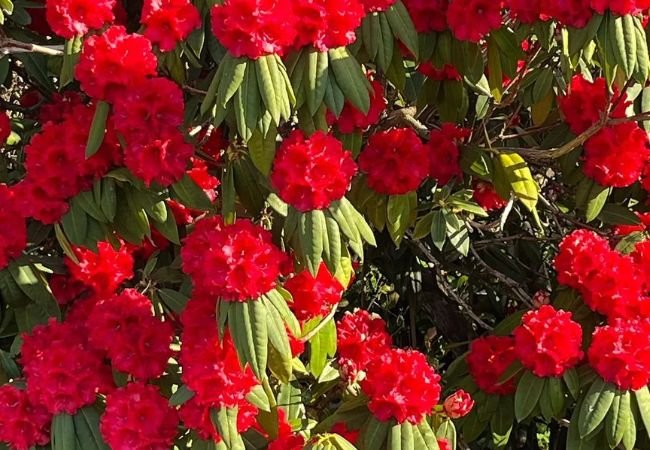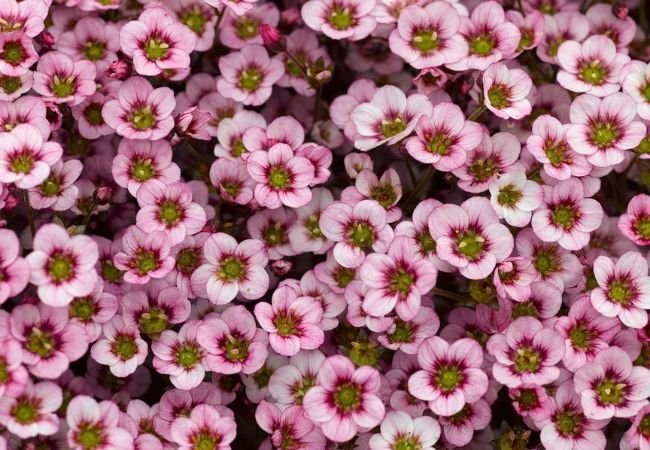Explore the world of Rhododendron Flowers – their types, care and uses in gardens. Learn how to grow these beautiful blooms and enjoy their stunning colors. Perfect for gardeners of all levels.
Rhododendron flowers are known for their big, showy blooms that can light up any garden. These beautiful plants are loved by gardeners across the USA for their bright colors and easy care. In this article, we’ll learn all about Rhododendrons and how to grow them in your own garden.
Here’s a detailed chart for Rhododendron flowers:
| Category | Information |
|---|---|
| Botanical name | Rhododendron spp. |
| Common name | Rhododendron |
| Plant type | Evergreen or deciduous shrub |
| Hardiness zone | Zones 4-9 (varies by species) |
| Sun exposure | Part shade to full shade |
| Soil type | Well-drained, acidic soil |
| Watering | Regular watering, keep soil evenly moist |
| Growth habit | Upright, spreading |
| Height/Spread | Varies by species, typically 3-20 feet tall and wide |
| Special features | Large, showy clusters of flowers in various colors including pink, purple, red, white, and yellow; leathery, evergreen foliage in some species; deciduous in others; attracts pollinators; prized for ornamental gardens and landscapes |
What Are Rhododendron Flowers?

Rhododendrons belong to a large family of plants that includes azaleas. They are evergreen or deciduous shrubs with thick, leathery leaves. The flowers grow in clusters and come in many colors, including pink, red, white, yellow and purple.
Types of Rhododendrons
There are many types of Rhododendrons, but some popular ones in the USA are:
- Catawba Rhododendron (Rhododendron catawbiense): Native to the Eastern USA
- Pacific Rhododendron (Rhododendron macrophyllum): Found in the Western USA
- PJM Rhododendron: A hybrid that’s good for colder areas
Growing Rhododendrons
Planting
- Plant Rhododendrons in spring or fall.
- Choose a spot with partial shade.
- Make sure the soil is acidic and well-draining.
- Plant at the same depth as they were in their pot.
Caring for Rhododendrons
- Water regularly, especially during dry spells.
- Use an acidic fertilizer made for Rhododendrons in early spring.
- Prune after flowering to keep the plant shaped nicely.
For more detailed care instructions, visit the American Rhododendron Society website.
Pests and Diseases
Rhododendrons can face some problems:
- Root rot: This happens if the soil is too wet. Make sure the area drains well.
- Lace bugs: These insects can damage leaves. Use insecticidal soap to control them.
Uses of Rhododendrons in the Garden
Landscaping
Rhododendrons are great for landscaping. They can be used as:
- Focal points in garden beds
- Natural privacy screens
- Colorful borders along walkways
For ideas on using Rhododendrons in landscaping, check out the USDA Forest Service native plant guide.
Wildlife Benefits
Rhododendrons can help local wildlife. They provide:
- Nectar for butterflies and hummingbirds
- Shelter for small birds and animals
Fun Facts About Rhododendrons
- The name “Rhododendron” comes from Greek words meaning “rose tree.”
- Some Rhododendron species can live for hundreds of years.
- Rhododendrons are the national flower of Nepal.
For more interesting plant facts, visit the Smithsonian Gardens website.
Rhododendrons are beautiful, long-lasting shrubs that can add color and interest to any garden. With their big, bright flowers and easy care needs, they’re a great choice for both new and experienced gardeners. Remember to give them acidic soil, partial shade, and good drainage and you’ll be rewarded with stunning blooms year after year.
Whether you’re planning a new garden or looking to add to an existing one, consider the lovely Rhododendron. Its beauty and versatility make it a favorite among gardeners across the USA. Happy planting!
For more gardening tips and plant care guides, visit usagardenhub.com.






